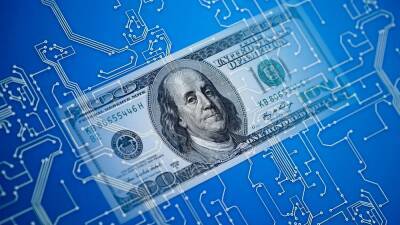Understanding China's Digital Yuan
Among the world's biggest economies, China has become the frontrunner in developing a Central Bank Digital Currency (CBDC). The Asian giant completed a trial of the DC/EP, as its digital currency is known, in September and is currently rolling it out on major e-commerce platforms within the country. Here is a brief primer on the digital currency.
The Digital Currency Electronic Payment (DC/EP) is a digital version of the yuan – China's national currency. The DC/EP is backed by yuan deposits held by China's central bank and has been under development for slightly more than five years. Under the current arrangement, banks are required to convert a part of their yuan holdings into digital form and distribute them to businesses and citizens via mobile technology.
The biggest difference between DC/EP and existing cryptocurrencies is their legal status. The DC/EP can be used as a payment mechanism and is acceptable as legal tender, but the legality of using cryptocurrencies to pay for goods and services in China is still unclear.
Besides this, there are two other main points of difference between DC/EP and cryptocurrencies available in the market. The first one relates to decentralization. Cryptocurrencies are decentralized, meaning their economics and supply are not controlled by a single entity. In contrast, the levers for the digital yuan will be firmly controlled by China's government.
The second difference between a standard cryptocurrency and the digital yuan is anonymity. The former is anonymous, in varying degrees depending on the coin, while the latter is not. As mentioned earlier, the Chinese government will be able to track the currency moving through its economy and monitor its usage.
First, the digital currency
Read more on investopedia.com

 investopedia.com
investopedia.com


















